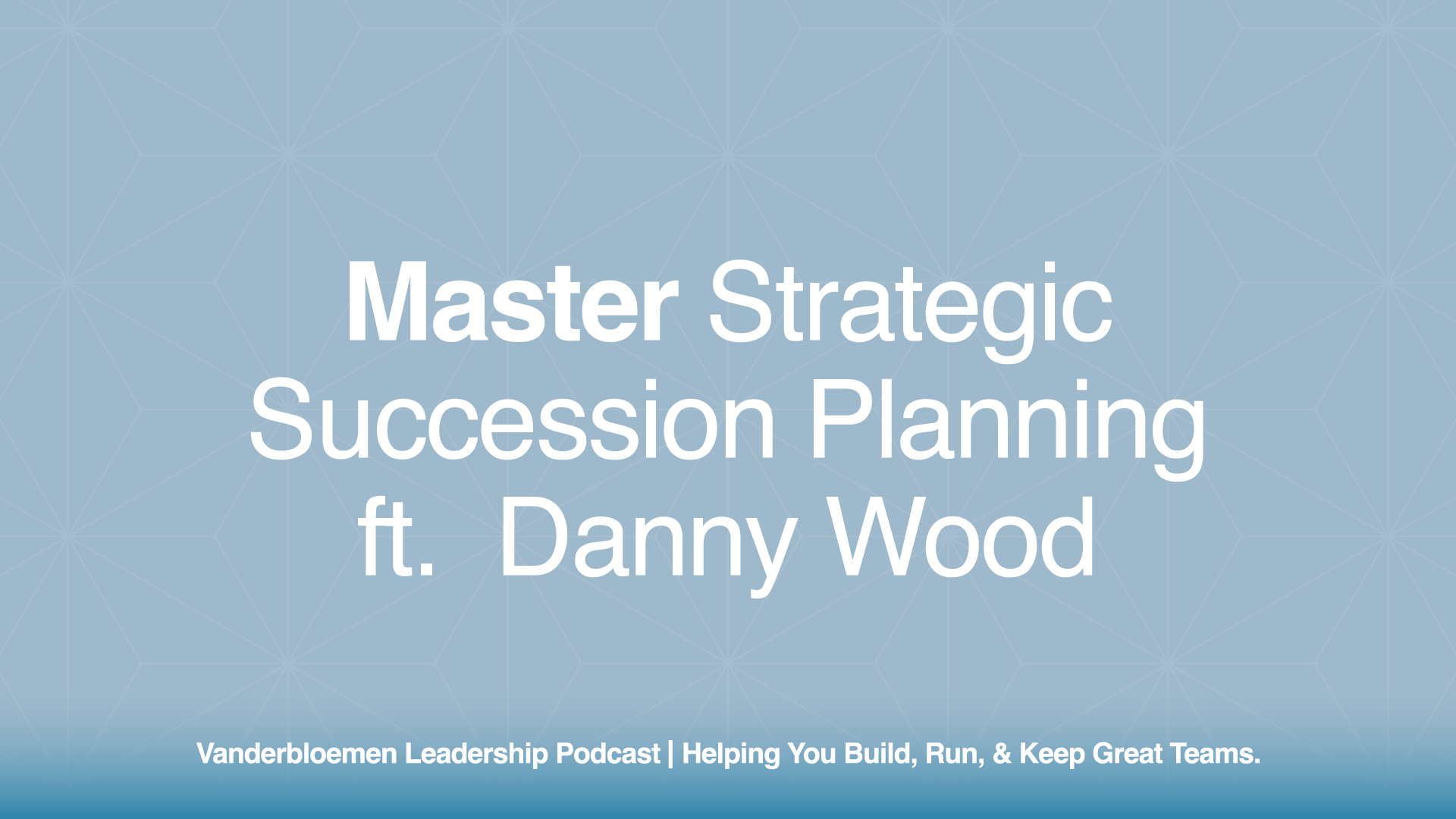The New Testament tells us a bit about early church planters. They strove to reach the community and had gatherings to do so. Like many church planters and new churches today, the earliest church leaders had to work to spread the essential mission and purpose of their message to their community. Today, churches have to work to make sure their mission, vision, and purpose are clearly communicated through their church services, or, as many call it, their Sunday experience, and many churches use technical elements to do just that.
But how does a church – especially a church plant – go about building the technical aspects of their Sunday experience, and in what order should they build it?
Before diving into each element of building your Sunday worship service experience, know that the key to success in technical aspects is to recognize, recruit, and empower your friends, team members, or those in your congregation that are gifted in a particular area. While there are some pastors that are technically capable of doing everything necessary, the more your church grows, the less bandwidth they are likely to have to take care of everything themselves. Like much of the work we do at Vanderbloemen, everything centers on building a great team.
Here are the five technical keys to enhancing your church worship services, in a prioritized order.
1. On the first day, create sound.
Sound is essential. Simply put, a pastor needs to preach and be heard, and worship music needs to be played and amplified. You simply can’t reach many people without some kind of sound system. It doesn’t have to be expensive or fancy. The point here is to make sure that your attendees can hear everything that is being said and sung so that they can easily engage with the worship experience.
Based on the size of your church and your budget, the sound system could take any number of forms. The key basics are microphones, speakers, and a sound board. These, of course, come at various levels of price and quality. Invest in scalable equipment, get recommendations from sound professionals in other churches, and save money where you can through discounts, used equipment, or even Craigslist.
One of the big mistakes I see newer churches and church planters make is having their messages not easily accessible. With these sound system basics, you’ll easily be able to create a podcast of the Sunday sermons so that those in your congregation will never miss a message.
2. On the second day, create a web presence.
After you’re able to have your message heard, you’ll need to amplify it with a web presence so that you can reach your surrounding community. Beyond outreach, a web presence provides people with valuable information: where you meet, what your mission is, who your leaders are, and how to engage in the church community.
For those who are not a computer programmer, there are great resources out there like Squarespaceand WordPress for creating websites without needing to know anything about coding. Just upload your pictures, write some copy, and you can launch a great looking website. Once your website is up, you can share it via your social media presence and encourage your church community to visit it for updates.
3. On the third day, create light.
Perhaps the most misunderstood and underestimated element of a Sunday experience is light. Biblically, light wards off darkness. The Godly man embraces the light while the wicked man hides from it. Jesus said he was the light of the world. In light, there is great power. Light can transform a room, a mood, or a face. Light can capture attention immediately.
With all of the facets of light, what are the best ways to implement light into a service? First, the pastor and the band need to be lit. Traditionally, a well-lit subject has three points of light: the key, the fill, and the edge. The key is the main source of light, which gives the subject depth. The fill is a soft light source that wraps around the subject and helps fill in any dark spots. The edge is a light from the rear the helps to separate the subject from the background.
All high-production Sunday worship experiences will have these elements in some form, but you don’t have to have a huge budget, a stage, or a catwalk to do it. The church plant I attend with my wife created a magnificent experience with two high-powered halogen lights placed different distances from the stage and a rear lighting piece made of LEDs and recycled pallets.
Finally, light helps you communicate your message better on camera. If you are recording your messages, lighting is necessary. Cameras need light to properly register all the nooks and crannies of a subject. If you’ve seen recorded messages that look less than professional, odds are that the lighting is subpar.
4. On the fourth day, create display.
If you’ve implemented the previous elements, you have a perfectly functional service, technically. To take it to the next level, add the element of display. During the worship portion of the service, it’s nice to see the words you’re singing. During the sermon, a themed title slide or bullet points can help both set the tone and help drive your teaching points home. During the announcements, it can be really helpful to display relevant information and pictures.
The question, though, is how to do it. Luckily, the technology for projectors has come a long way in the last few years, which means that it’s both cheaper and higher quality. Once you get a projector in your price range, all you need is a stand for the projector to sit on and a screen to display the images.
For the stand, you can use anything from a tripod that’s made for the projector to a couple of sawhorses. The key is to get a stable, elevated base. Once you’ve taken care of that, you can worry about the screen. For the screen, the bare bones version could be a PVC frame with white fabric stretched over it. You could even find an old pull-down display screen at a thrift store. Of course, you can buy a display screen intended for this purpose, but it’s not always necessary.
5. On the fifth day, create video.
Up to this point, you’ve been adding elements in order to create a working service and a bit beyond. Further beyond that is an element that can seem wildly complicated: video. Truthfully though, video can be simple. If you’re already lighting well and utilizing sound, then adding video to a service is as simple as adding a camera and a tripod. Like the other elements, think through your goals before making any purchases. If you need video to record your messages and allow folks to watch them later, then a fixed camera with the lighting you’re already using will likely be fine. If you’re going to produce short artistic pieces to show during the service, odds are you’ll need something a bit beefier.
When it comes to cameras, you really do get what you pay for; but it’s often hard to discern quality. People tend to get drawn into the HD claims manufacturers make or hung up on pixels or resolution. The truth is, you can buy a high resolution, HD camera that produces a terrible picture. The heart of the camera is the chip, which is like the brain of the camera. The chip is used to pick up light, which in turn goes into producing a beautiful picture. The chip is likely the difference between the hundred dollar camera and the thousand dollar camera.
Once you’ve put some thought into your video goals and done some research, you can look through Craigslist, eBay, or search for a deal somewhere else online; but when it comes to cameras, you may be better off splurging on exactly what you need from a reputable camera shop. That way, if it ever fails or is too hard to operate, you have some wiggle room.
Pulling together and implementing all of these technical elements can seem daunting to a church plant, but by drawing on research and the people and resources God has given you, you can create a truly great Sunday experience.
If you’re looking to take your Sunday experience to the next level, perhaps it’s time to start building your team. In our work at Vanderbloemen Search Group, we help churches find great staff. Often, we’ve found that to reach that next level, churches have had to hire someone that compliments the existing team with gifts of their own. If it’s that time for you, reach out to us about how we can serve you.


